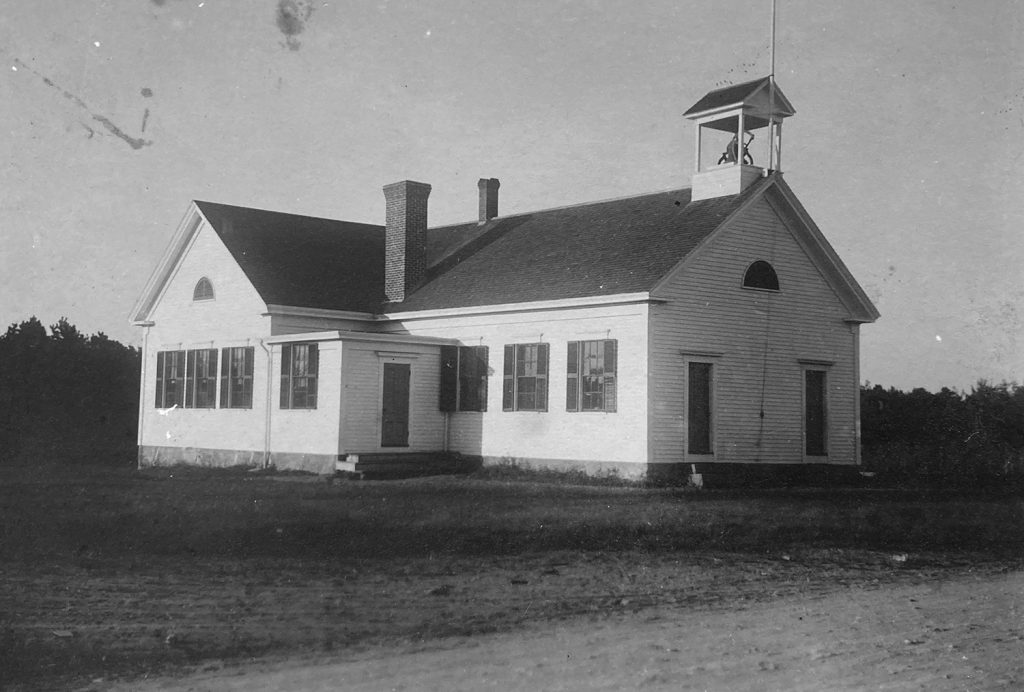As mentioned previously, Rochester had many one and two-room schools scattered around town. This enabled students to walk to and from school, though many walked as much as a mile in all kinds of weather. Over time many of the smaller ones were closed and schools became more centralized. This led to a school bus being provided in the 30’s and 40’s.
Over the years there were a variety of bus drivers including “a bleached blonde woman” who was purportedly a poor driver as well as scandalizing the riders with her hair coloring. The bus had bars over the windows to keep children from sticking their heads out and so was dubbed the “Chicken Coop”. Reading through the Rochester Journals it would seem that the most memorable bus driver was Tuck Hartley.
The Waterman School was built in 1833 near the home of George Waterman, hence the name. As older schools were closed, some of the buildings were moved to the Waterman to increase its capacity. The town also leased the Academy from the Church to accommodate the ever- increasing numbers of schoolchildren.
As early as 1923, there was a call to build a new schoolhouse in the Center District, but nothing came of it. With student population growing and buildings aging, concerns were raised again. Deliberations began in the 1930’s as to the possibility of a new consolidated school being built. Under Superintendent of Schools, Arthur B. Webber, talks continued until finally in 1952, close to 25 years later, the town voted to build a school big enough for all of the town’s students. The Rochester Memorial School was built on the site of the Waterman School.
In a town where “waste not, want not” must have been the motto, the Waterman School building was moved to a nearby site where it became the fire station and continues that role today, and so the building built in 1833 has been in use (no doubt with some retrofitting) as the home of Rochester’s fire- fighting equipment for over 70 years.
The picture with this article is of a postcard that my grandmother sent to her mother in 1916 to share a picture of “where she went to work” each day.
By Connie Eshbach
